Navigating the labyrinth of vehicle registration can often seem daunting, especially for flatbed trailers in California. Given the state’s unique regulations and the high demand for transport solutions, it’s crucial to have a well-structured plan to ensure compliance and hassle-free registration. This guide provides a step-by-step overview of the registration process, including essential information on what documents you need, the fees involved, potential pitfalls to avoid, and frequently asked questions that can help streamline your experience.
Understanding Flatbed Trailers
What is a Flatbed Trailer?
A flatbed trailer is a versatile type of trailer with a flat, level bed and no sides or roof, making it ideal for transporting large or awkwardly shaped loads. Common uses include the transportation of construction materials, vehicles, and cargo containers. Because of their flexibility, they are a popular choice among contractors and businesses alike.
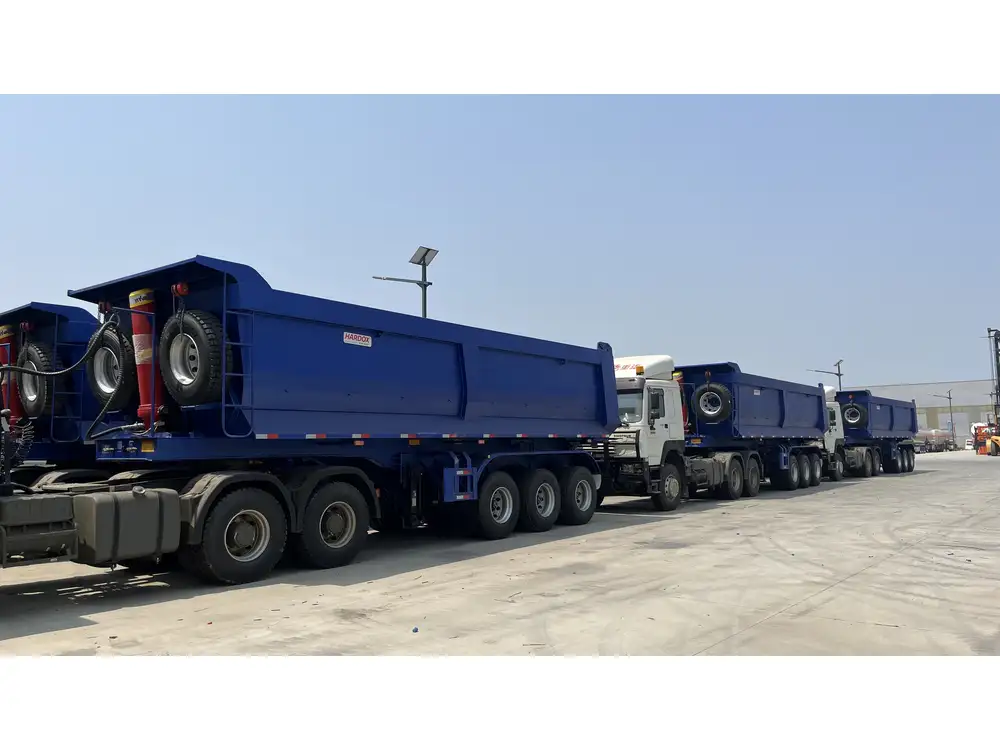
Why Register Your Flatbed Trailer?
In California, registering a flatbed trailer is not just a legal obligation; it also serves several practical purposes:
- Legal Compliance: To avoid fines and penalties.
- Insurance Coverage: Registration is often a requirement for obtaining insurance.
- Resale Value: A registered trailer is easier to sell and may fetch a higher price.
Step-by-Step Registration Process
1. Gather Required Documents
Before initiating the registration process, ensure you have the following documents on hand:
| Document | Description |
|---|---|
| Proof of Ownership | Bill of sale, manufacturer’s certificate of origin, or previous registration. |
| Identification | Valid California driver’s license or ID card. |
| Vehicle Verification | For trailers over 10,000 lbs, a Vehicle Verification Form (REG 31) may be required. |
| Payment Information | Fees can vary, so keep a method of payment close. |
| Smog Compliance (if applicable) | Certain trailers may need to meet environmental standards. |
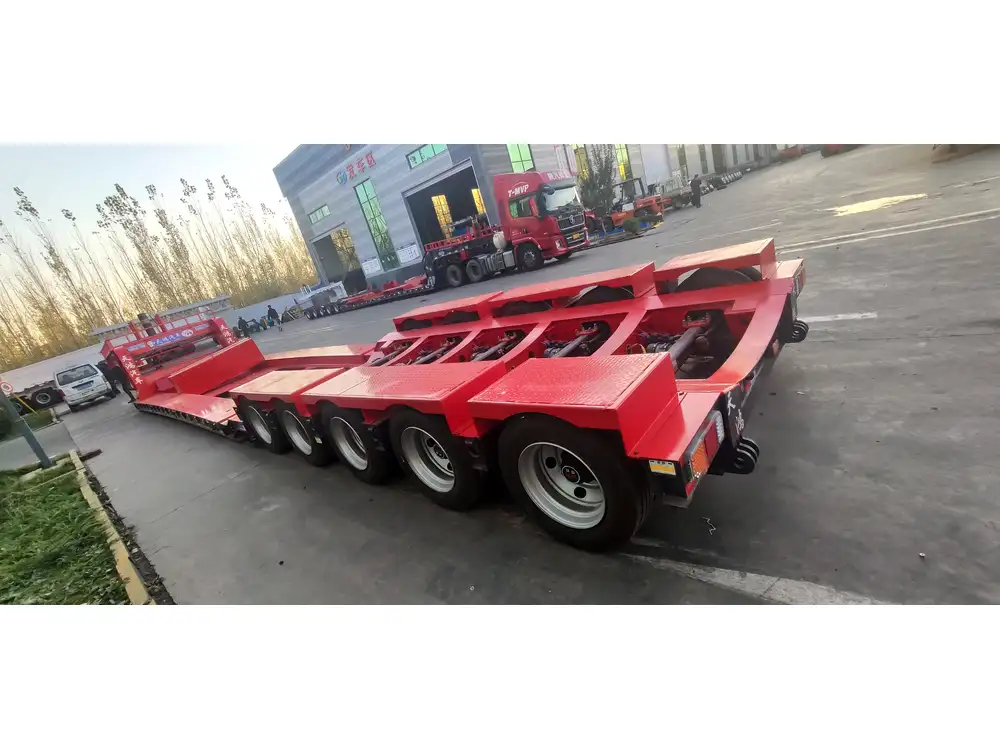
2. Calculate the Fees
The fees for registering a flatbed trailer in California vary based on several factors, including the weight of the trailer, the type of license plates, and any additional fees (like late registration). Below is an overview of potential fees:
| Fee Type | Estimated Amount |
|---|---|
| Initial Registration Fee | $50 to $100 |
| Renewal Fee | $20 to $75 (annually) |
| Title Fee | $15 |
| California Highway Patrol Fee | $1 to $3 (for weight certifications) |
| Late Registration Fee | $15 if over 1 year delay |
3. Visit the Department of Motor Vehicles (DMV)
You can register your flatbed trailer in person at your local DMV office or complete the process online or via mail. To determine the correct method for you, consider the following:
- In-Person: Recommended for first-time registrations or if you have questions.
- Online: Convenient for returning customers who already have their paperwork in order.
- Mail: Useful if you prefer managing your paperwork independently.
4. Complete the Registration Form
The registration form (REG 343) is pivotal. When filling out the form, be sure to include:
- Trailer Identification Number (VIN)
- Vehicle Make and Model
- Owner’s Information
- Address and Contact Details
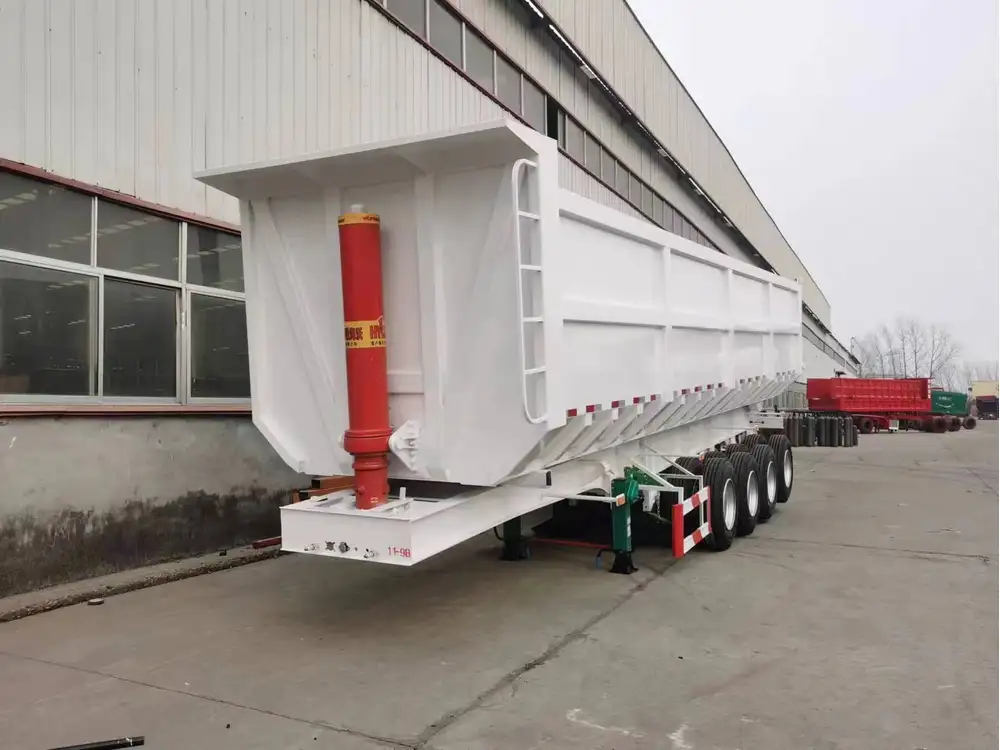
5. Verification of Vehicle
As previously mentioned, if your flatbed trailer has a Gross Vehicle Weight Rating (GVWR) over 10,000 lbs, you must complete the Vehicle Verification Form. This form can be verified by a DMV representative or any California licensed peace officer.
6. Submit Payment
Ensure that you have the correct payment method ready as this is a critical step. Payments can usually be made via debit/credit card, cash, or checks, depending on the registration method.
7. Receive Registration and License Plates
Once the DMV processes your application, you will receive your registration card and license plates. It’s critical to keep a copy of the registration in the vehicle and attach license plates as required.
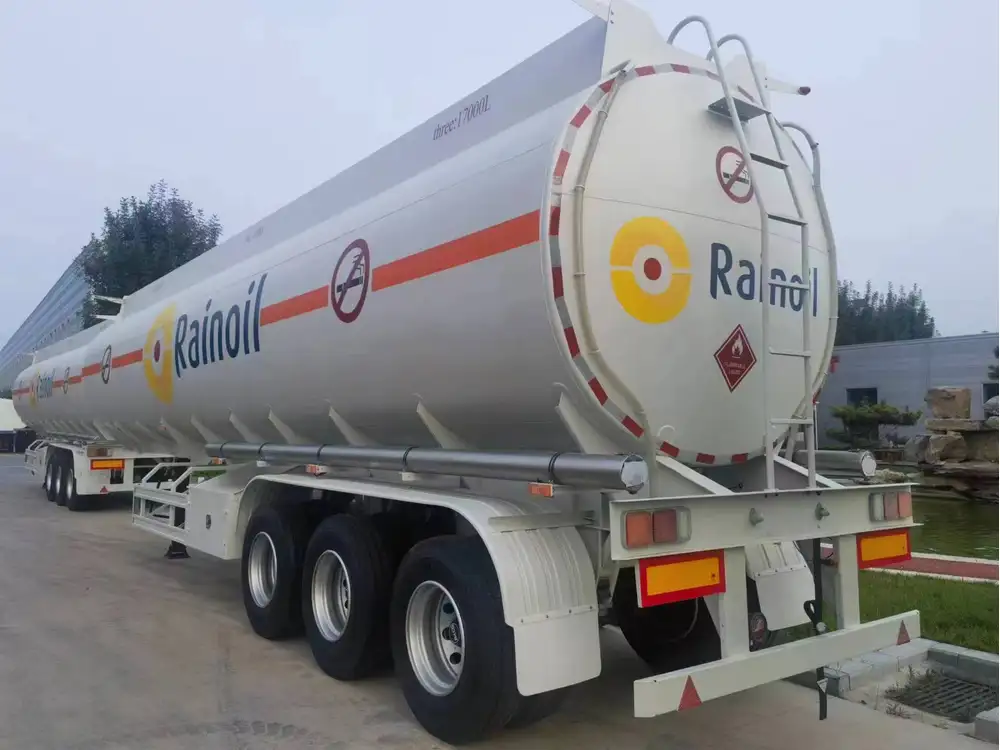
8. Regular Maintenance of Your Registration
It’s essential to remain vigilant regarding your registration status. Set reminders for renewal dates and keep your payment method updated. Track any changes in ownership or modifications to the trailer that may require re-registration.
Common Challenges and Solutions
Missing Documentation
Problem: Incomplete documentation can halt the registration process.
Solution: Create a checklist before your DMV visit, ensuring you have all documents accurately compiled.

Fees and Unexpected Costs
Problem: Unexpected fees can arise, especially for older trailers.
Solution: Familiarize yourself with the total cost beforehand by consulting with the DMV or utilizing their online fee calculator.
Time Delays at the DMV
Problem: Long wait times can be frustrating for those registering their trailers.
Solution: Consider going to the DMV during non-peak hours, typically early mornings or late afternoons on weekdays.
Frequently Asked Questions (FAQs)

How long does the registration process take?
The initial registration could take a few days to a couple of weeks, depending on whether you handle everything in person or online. Receiving your plates will generally be quicker if done online.
Can I register my flatbed trailer if I bought it from out of state?
Yes, but you’ll need to comply with California’s specific requirements. You’ll be required to provide proof of compliance with state emissions and safety standards.
Is it mandatory to have insurance for my flatbed trailer?
Yes, insurance is highly recommended and often required, especially if the trailer is used for commercial purposes. Check with your insurance provider for the best policies available.
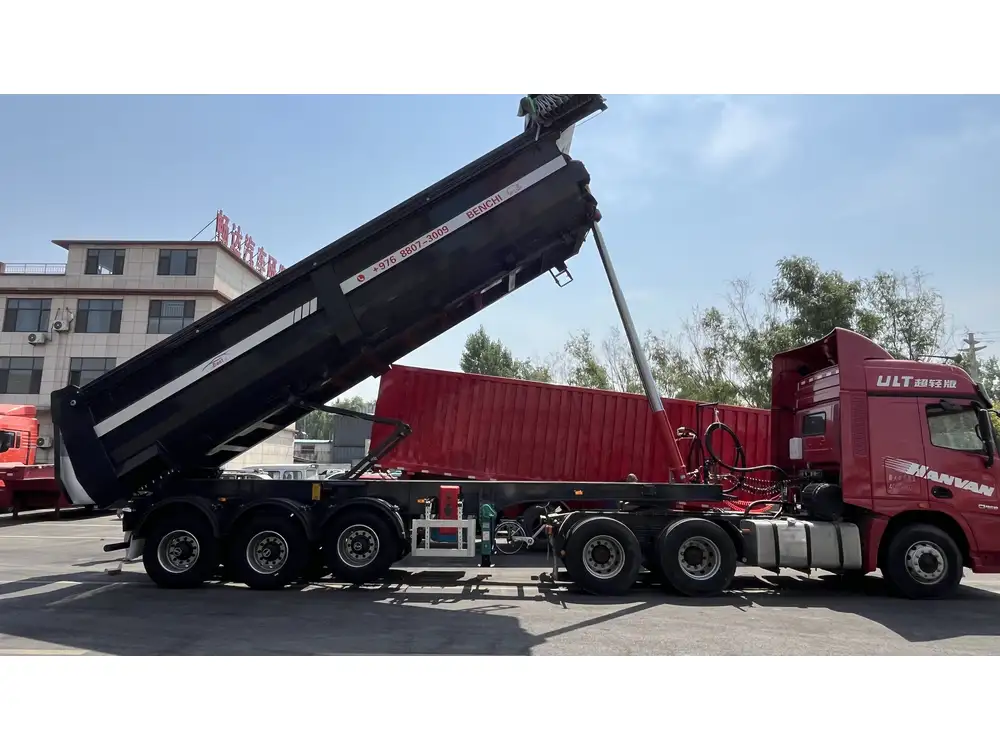
What if my trailer has a lien?
If there’s a lien on your flatbed trailer, you will have to provide documentation from the lienholder and possibly get their consent to register it.
Are there any special considerations for commercially-used flatbed trailers?
Yes, commercially-used trailers may have additional regulatory requirements. It’s recommended to consult with the California Department of Transportation for specific laws pertaining to commercial vehicle registrations.
Conclusion
Successfully registering a flatbed trailer in California is straightforward if you approach the task with preparation and understanding of the necessary steps involved. From gathering the appropriate documents to preparing for potential challenges, we have demystified the process to ease your journey. By keeping track of key information, such as fees and verification requirements, you ensure that your registration experience is seamless. Ultimately, whether for personal or commercial use, completing registration is not just a legal obligation but also a vital step toward ensuring your trailer’s optimal operation and safety.
Now that you’re equipped with this comprehensive guide, proceed with confidence as you navigate the registration of your flatbed trailer in California.



